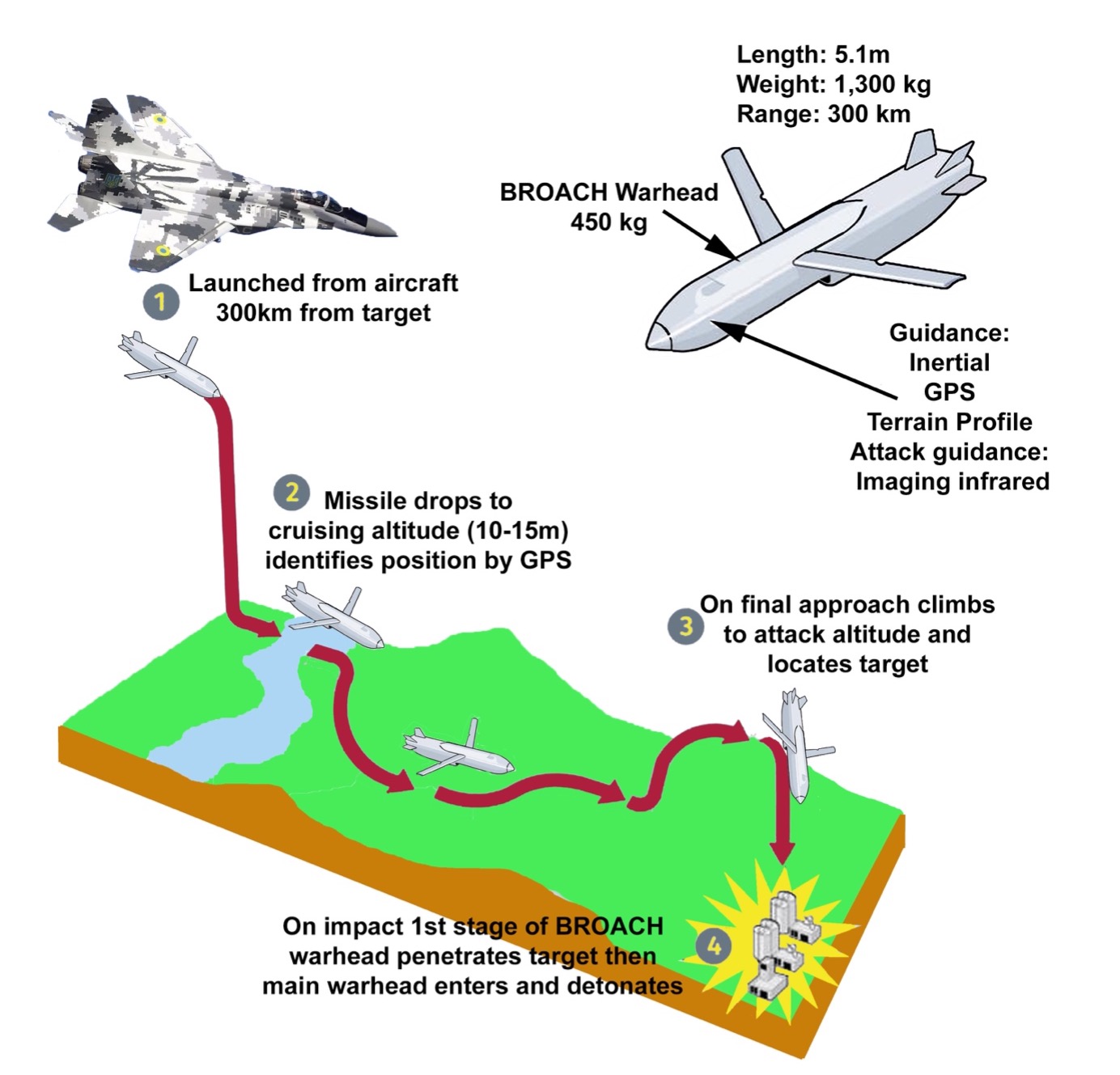The Russian-built Kerch Bridge, which links the Crimean Peninsula to the Russian region of Krasnodar, was closed to traffic for several hours on the morning of Wednesday, 24 May. According to Sergei Aksyonov, the Russian-appointed head of occupied Crimea's administration, this was due to "ongoing drills", without providing further details.
Video appeared on social media that showed large amounts of white smoke on parts of the bridge, which Aksyonov said was related to the exercises. The bridge was reopened for traffic at around 11 a.m. local time.
JOIN US ON TELEGRAM
Follow our coverage of the war on the @Kyivpost_official.
Scrutiny of the video, even though it was taken from a distance, indicates that the smoke came from a smoke generating vehicle, such as the Russian TDA-3 self-propelled smoke machine. The TDA-3 is used by RKhBZ radiation, chemical and biological protection troops to protect troop formations, high value equipment and installations from observation, reconnaissance and weapons attack.
The principle of operation is straightforward. Two compounds, one liquid, one crystalline, are fed into a jet of hot gases where they mix and are expelled to the outside to form a dense white aerosol cloud. The smoke mixture blocks both visual and infrared (IR) observation, providing some protection from high-precision weapons using infrared or laser guidance.
Depending on the quantity and density of smoke being produced it can generate the cloud from between 2 to 6 hours.

US Threatens to Cut Starlink Access in Ukraine If No Rare Earth Minerals Deal Signed
What’s the smoke for?
Ever since Ukraine received Storm Shadow cruise missiles, both Russian and Western commentators, analysts, media and the military have said the Kerch bridge, which is the main link from occupied Crimea to mainland Russia, was an obvious target for attack. Cutting the bridge, in advance of any Ukraine move against the peninsula, would severely impact the ability of Russian forces to be reinforced or resupplied.
How does Storm Shadow work?
Storm Shadow is a fire and forget cruise missile, which is programmed before launch. The missile follows a semi-autonomous low flight path (10-15 m), at a speed of 0.8 Mach, guided by GPS and terrain mapping to the target area. Once close to the target, the missile climbs to a height that allows its advanced sensors to confirm the target, before diving onto the objective. It is equipped with the two stage ‘Bomb Royal Ordnance Augmented Charge’ (BROACH) warhead, made up of an initial shaped charge penetrator which opens a path for the following 450kg warhead to enter and destroy the target.

Operation of Storm Shadow cruise missile.Graphic: Steve Brown
Will smoke defeat Storm Shadow?
It seems likely that one of the purposes of today’s exercise, was to see how effectively the bridge could be masked to defeat a cruise missile attack. But would it work? Probably not.
Against a small, static target like a stationary tank, IR smoke might confuse the terminal IR guidance of the missile, but not sufficiently to make it miss completely. The bridge is, however, 18 kilometers long and consisting of a four-lane highway and a two-track railway; its width ranges from 15 meters, where the lanes separate to 45 meters in the spans where tracks and highway are side by side – in other words too big to miss.
The bridge is simply too big to completely cover in smoke and, even if they know where on the bridge the missile would strike, the smoke would only disrupt the missile in its terminal guidance. The other three main guidance features of the missile would ensure it would hit the bridge somewhere and, in any event, it is unlikely that a single missile would be fired.
Russian forces may be covering the bridge with as many air defense systems that they can muster but, even then, it has already been shown that Storm Shadow’s ‘stealth architecture’ and flight mode make it difficult for Russian forces to detect.
The bottom line is the bridge is effectively indefensible and the smoke will do little to deter a missile strike – but it is possibly the only option they currently have.
You can also highlight the text and press Ctrl + Enter











